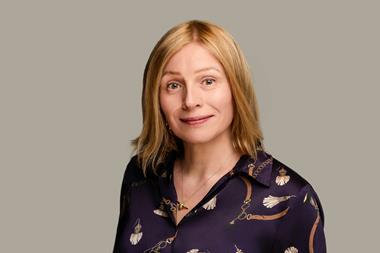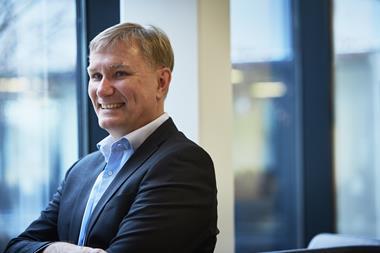Set within some of the most valuable real estate in the city, the Singapore Management University (SMU) is a state of the art facility that is attracting students of all ages from around the region. I was given a tour of the SMU campus by Associate Dean Annie Koh. The lecture rooms and theatres have visitors from other schools wide-eyed with envy. The planning of the campus has allowed for a modern environment that complements the traditional architecture of the locale. It will also accommodate its own subway stop, linking to the main concourse.
The endowment fund at SMU comprises committed pledges and donations from philanthropists, alumni, corporate and individual donors together with matching grants by the government. The development of the campus was funded by $460m (€360m) from the Singapore government and some substantial help from benefactors including the Lee family and Hong Kong's Li Ka Shing.
After a nine month executive search beginning in June 2005, the board appointed Teo Jwee Liang as chief investment officer for the SMU endowment fund. He has over 15 years' investment management experience. Prior to joining the SMU in March, Teo headed the investment department of the Urban Redevelopment Authority in Singapore. He has also been a fund manager for Allianz Dresdner Global Investors and United Overseas Bank.
The fund size of more than half a billion dollars is modest for a relatively new university with a six years' history. In the past, the fund was outsourced to two local fund managers, OCBC and DBS, with each of them managing a discretionary global balanced portfolio. Two years ago, the SMU engaged Cambridge Associates to advise on a major revamp of their asset allocation, to reflect the longer term horizon of the endowment fund.
The objective of the fund is to preserve its purchasing power and achieve a sustainable rate of return in excess of the spending rate over the longer term. To achieve this, the fund is structured with a high bias in equities of more than 70% and a low allocation to fixed income. It is recognised that the pursuit of this objective could entail significant portfolio volatility. Hence, the equity allocation is diversified across various investments, including traditional asset classes 40-50% (as in developed & emerging market equities), marketable alternatives 10-20%, real assets 5-10% (including natural resources) and at a later stage, private equities 5-10%. Diversification into these asset classes will enable the portfolio to generate higher returns and yet maintain the volatility or risk of the portfolio at an acceptable level.
For allocation to fixed income, the primary aim is to provide a hedge against the effects of a prolonged economic contraction. The secondary purpose is to contribute to overall returns while reducing volatility at the fund level. Accordingly, the fixed income portfolio is structured with a tilt toward high quality and long dated bonds to hedge against prolonged economic contraction. To the extent that bonds are also held for portfolio diversification purposes, other types of fixed income securities, for example, corporate papers, mortgage-backed securities are also included.
To date, the traditional asset classes for the portfolio have largely been funded. There is a good mix of both active and passive mandates invested through separate accounts as well as pooled funds. The selected managers comprise institutional asset managers and boutique firms with global, regional and local coverage. More emphasis is placed on active managers who have the skill sets to deliver alpha on a sustainable basis.
The fund is currently in the implementation phase for the ‘marketable alternatives' and ‘real asset' classes. The marketable alternatives programme is a customised multi-strategy programme, with direct investment into a diversified portfolio of 10 to 20 single strategy hedge funds. The strategies include risk and fixed income arbitrage, event-driven, special and distressed situations, long-short and emerging market equities. The marketable alternative programme is currently managed with research assistance from Cambridge Associates.
The real assets, which provide a hedge against the effect of an unanticipated increase in inflation, include investments in inflation-linked bonds, real estate and commodities (including natural resources and energy). These asset classes serve as alpha generators as well as risk diversifiers for the portfolio.
s the various asset classes are being implemented, a currency overlay programme would be put in place to hedge the exposure in foreign currencies and reduce the overall volatility of the portfolio. The currency programme would initially be managed passively with the objective of risk reduction. Over time, allowance would be made for some active management of currencies within defined risk tolerance levels to enhance returns on the portfolio. Currently, the investment team comprises just three people, the CIO and two investment managers. Teo sees the team expanding to cope with new investment challenges and increased responsibilities. "Given the current asset size, it is probably more efficient to use external fund managers to implement our investment programme. This does not preclude the possibility of managing funds internally at some point in the future. The investment team would continue to seek new ideas and opportunities to grow the assets to meet the spending needs of the university. The team would also be honed to acquire new and specialised skills to deal with the myriad of issues in endowment management and the complexities of the marketplace."












No comments yet